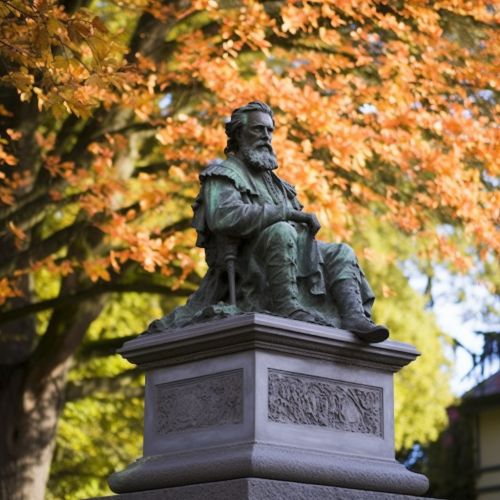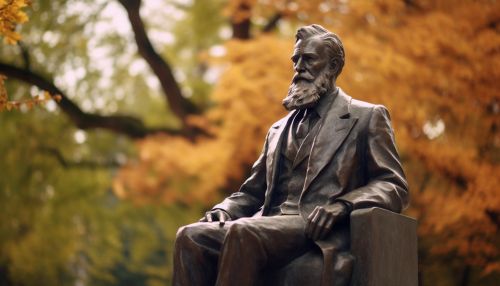Wilhelm Conrad Röntgen
Early Life and Education
Wilhelm Conrad Röntgen was born on March 27, 1845, in Lennep, a small town in the Rhine Province of the Kingdom of Prussia, now a part of modern-day Germany. He was the only child of cloth merchant Friedrich Conrad Röntgen and his wife, Charlotte Constanze Frowein. In 1848, the family moved to Apeldoorn in the Netherlands, where Röntgen attended the Institute of Martinus Herman van Doorn, a boarding school.
Röntgen later enrolled at the Utrecht Technical School, but was expelled for producing a caricature of one of the teachers, which was mistakenly attributed to him. Despite this setback, he continued his education at the University of Utrecht. However, without a high school diploma, he was unable to pursue a degree in the Netherlands. Therefore, he decided to attend the Polytechnic in Zurich, Switzerland, where the entrance examination was less rigid.


At the Polytechnic, Röntgen studied mechanical engineering and graduated in 1869, ranking first in his class. He remained at the Polytechnic as a lecturer and researcher for three years, during which he developed an interest in the field of physics.
Career and Discoveries
In 1873, Röntgen accepted a position as a lecturer in physics at the University of Strasbourg. Here, he conducted research in various fields, including the specific heat of gases and the thermal conductivity of crystals. In 1875, he was appointed Professor in the newly created second chair of Physics at the University.
In 1876, Röntgen moved to the University of Giessen, where he served as the Chair of Physics. He continued his research in thermal conductivity and also began studying electrical discharges through gases.
In 1888, Röntgen transferred to the University of Würzburg, where he made his most significant discovery. On November 8, 1895, while experimenting with cathode rays, he noticed that a fluorescent screen in his lab started to glow even though it was not in the direct path of the rays. He realized that a new type of ray, which he temporarily named "X-rays", was responsible for this phenomenon.


Röntgen spent the following weeks systematically studying these new rays, which he found could pass through most substances, including human tissue, but were blocked by denser materials such as metal and bone. He produced and documented the first X-ray images, famously creating an image of his wife's hand, showing the bones and her wedding ring.
In 1900, Röntgen accepted the position of Chair of Physics at the University of Munich, where he continued his research until his retirement in 1920.
Impact and Legacy
Röntgen's discovery of X-rays revolutionized the fields of medicine and physics. In medicine, X-rays became an invaluable diagnostic tool, allowing doctors to see inside the human body without invasive surgery. In physics, the discovery led to the development of many new fields of study, including radioactivity, nuclear physics, and quantum mechanics.
In recognition of his groundbreaking work, Röntgen was awarded the first Nobel Prize in Physics in 1901. Despite his monumental discovery, Röntgen remained modest and declined to patent his discovery, insisting that it should be freely available for the benefit of all mankind.
Röntgen died on February 10, 1923, in Munich, Germany. His legacy continues to impact science and medicine, and his name is honored in the unit of measurement for X-ray radiation, the Röntgen.


